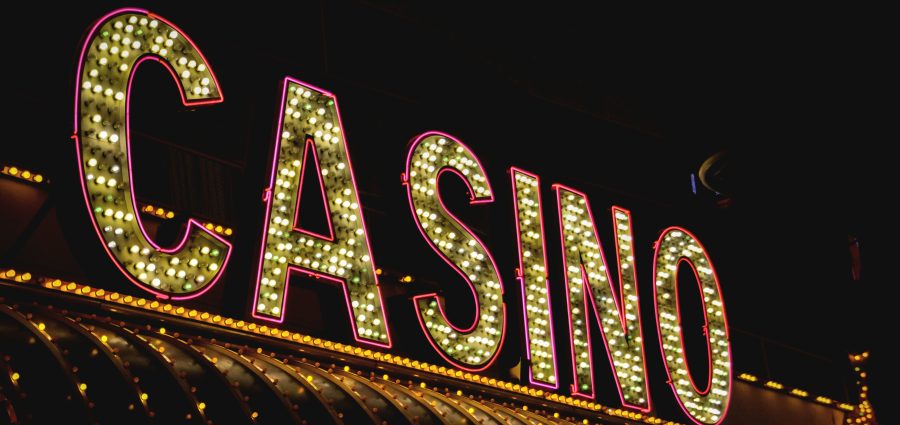The race to secure one of New York State’s three coveted downstate casino licenses is entering its final, most volatile phase. With a crucial deadline looming for the state’s Gaming Facility Location Board (GFLB) to submit its recommendations, the high-stakes competition, which promises billions in revenue and thousands of jobs, has become a tangle of political manoeuvring, billion-dollar bids, and unexpected lawsuits.
For the Bronx, where the ambitious Bally’s project stands as a leading contender, the outcome could determine the future economic trajectory of the borough. The state, facing potential fiscal shortfalls, is counting on the minimum $500 million license fee for each winner and the tax contributions the three full-service casinos are expected to generate. A decision that will entirely alter the New York entertainment sector is imminent.
The Race for Regulatory Approval & Community Stakes
The GFLB is expected to deliver its recommendations for the three (3) available licenses on December 1, 2025, following a period of intense scrutiny, including recent site visits to the finalist locations. While the GFLB’s findings are non-binding, they carry significant weight as the New York State Gaming Commission ultimately makes the final determination.
Among the top three contenders is the Bally’s Bronx proposal, an integrated resort complex slated for the Ferry Point area. The developers have pitched a massive $4 billion project that promises over 4,000 permanent union jobs and a host of community benefits intended to address local economic needs. Bally’s commitment includes dedicating at least one percent of gross gaming revenues (estimated to be over $10 million annually) to Bronx community programs, along with a groundbreaking offer allowing residents to purchase equity shares in the facility.
This focus on community benefits underscores the importance of stringent licensing and modern gaming standards across the whole industry, from land-based casinos to iGaming. Andjelija Blagojevic, a link removed for non-payment – casino expert at www.cardplayer.com – link removed for nonpl-payment, notes that strong licensing and regulation are what give players safety, faster payments, and confidence in fair play through audited technologies such as Random Number Generators. Even though New York does not currently feature a state-regulated online casino market, the same regulatory principles apply to the new downstate integrated resorts, which will operate in the state’s most lucrative market. The Bally’s Bronx proposal leans on that logic, presenting itself as a highly regulated, transparent operator that delivers measurable benefits to the community rather than simply extracting revenue.
Queens Contenders: Legal Battles and Financial Jitters
The Queens-based bids are navigating unique political and financial challenges that could affect the final tally of licenses awarded.
Resorts World New York City, which currently operates a Video Lottery Terminal (VLT) facility at Aqueduct Racetrack, was initially viewed as a shoo-in. Its aggressive application included an industry-high $600 million license fee and tax rates far exceeding competitors. However, recent anonymous reports suggest the operator is now reconsidering the terms, potentially asking the GFLB to lower its promised tax rates or impose higher rates on rivals. This reported hesitancy comes after several major industry players, including Wynn Resorts and MGM Resorts, withdrew their bids, injecting instability into the process.
Meanwhile, the Metropolitan Park project, a sprawling $8 billion proposal near Citi Field led by Mets owner Steve Cohen, is battling unexpected legal turbulence. The U.S. Tennis Association (USTA) filed a lawsuit against the city, alleging that moving forward with the casino violates its existing lease agreements for the adjacent Billie Jean King National Tennis Center.
The USTA’s concern revolves around potential conflict with its exclusive rights during the annual U.S. Open tournament, particularly regarding parking and event protections. While a Metropolitan Park spokesman stated that a compliant pre-development agreement has been reached with the city, the litigation adds uncertainty to the project’s timeline and viability, particularly given the reliance on securing alienation of public parkland.
Revenue, Revenue, Revenue: The Billions at Stake
The primary driver of the downstate licensing rush is the colossal financial windfall anticipated for the state. New York has been explicit that it views these licenses as a critical mechanism to plug budget gaps and fund major public works. The Metropolitan Transportation Authority (MTA), in particular, is reliant on the licensing fees and subsequent tax revenue to fund capital projects. The initial license fees alone are set at a minimum of $500 million per license, providing the state with at least $1.5 billion in immediate revenue.
Industry analysts estimate that fully activated downstate casinos could generate between $471 million and $842 million in annual tax revenue for the state, alongside thousands of construction and permanent hospitality positions. The economic ripple effect is projected to be immense, and proponents of the Bally’s Bronx bid specifically emphasize that their project directly responds to the state’s Request for Applications (RFA) by targeting a borough with significant economic need, thus maximizing the public benefit of the investment.
The final decisions, expected soon after the GFLB’s December 1 recommendation, will not just select three operators; they will determine how billions of dollars are invested, where thousands of union jobs are created, and which New York communities stand to benefit most directly from this generation-defining economic development.
Featured image credit: DepositPhotos.com








